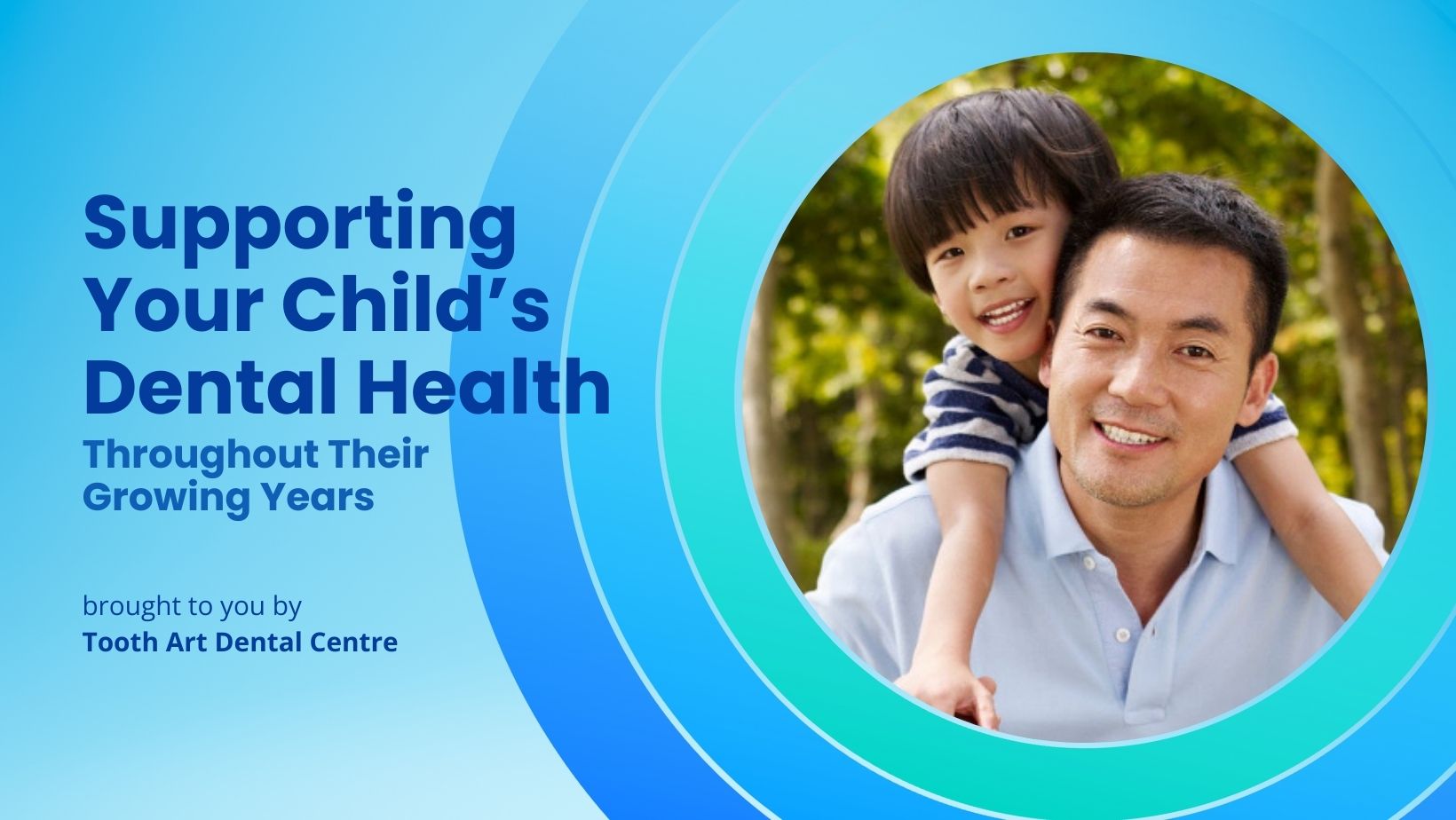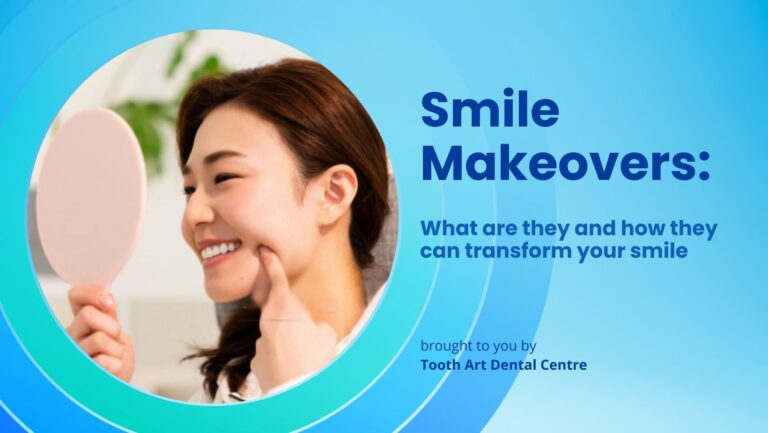Supporting Your Child’s Dental Health Throughout Their Growing Years
Ensure your child’s dental health with tips for every growth phase, from the first tooth to puberty, including brushing routines, diet advice, and early orthodontic care.
Infancy: The First Tooth
- Early Oral Hygiene:
Begin oral hygiene even before the first tooth erupts. Gently wipe your baby’s gums with a clean, damp cloth to remove milk residue and bacteria. Once the first tooth appears, usually around six months, start brushing with a small, soft-bristled toothbrush. - First Dental Visit:
Schedule your baby’s first dental visit by their first birthday. Early visits help detect potential issues and make your child comfortable with dental checkups, setting a positive tone for future visits.
Toddler Years: Developing Habits
- Establishing Brushing Routines: Teach your toddler to brush their teeth twice a day. Use a pea-sized amount of fluoride toothpaste and supervise their brushing to ensure they cover all areas of their mouth. Encourage rinsing after brushing to minimize fluoride ingestion.
- Introducing Flossing: Once your child’s teeth start touching, usually around age two or three, introduce flossing. Make it a fun and interactive part of their daily routine.
- Healthy Eating Habits: Encourage healthy eating by offering a variety of fruits, vegetables, whole grains, and dairy products. Limit sugary snacks and drinks, which can lead to cavities.
Preschool and Early School Years: Reinforcement and Protection
- Consistent Oral Hygiene:
Continue to reinforce the importance of brushing twice a day and flossing daily. At this stage, children may start brushing on their own but still need supervision to ensure proper technique. - Regular Dental Checkups: Schedule dental visits every six months. These visits are crucial for monitoring development, and early intervention if issues arise.
- Protecting Teeth During Sports:
If your child participates in sports, ensure they wear a mouthguard to protect their teeth from injuries. Custom-fitted mouthguards from a dentist provide the best protection.
Middle Childhood: Independence and Responsibility
- Encouraging Independence: Encourage your child to take responsibility for their oral hygiene while continuing to monitor their habits.
- Orthodontic Evaluations: Around age seven, consider an orthodontic evaluation to identify potential alignment issues early.
- Diet and Lifestyle Choices: Reinforce a balanced diet and limit sugary foods and drinks. Encourage water and milk for hydration and dental health.
- Early Orthodontic Intervention: Invisalign® First is designed for children aged 6-10 with a mix of baby and permanent teeth. It addresses issues such as jaw development, teeth alignment, and habits like thumb sucking. Invisalign® First is a comfortable, non-invasive alternative to traditional braces, allowing children to maintain their usual diet and oral hygiene routine.
Pubescence: Managing Changes and Challenges
- Addressing Orthodontic Needs: Many children begin orthodontic treatments during puberty. Ensure they maintain excellent oral hygiene while wearing braces or other appliances to prevent decay and gum issues.
- Managing Increased Sugar Intake: Pubescent children often have more access to sugary foods and drinks. Educate them about the impact of sugar on their teeth and encourage healthier choices.
- Dealing with Dental Anxiety: As children become more aware, they may develop dental anxiety. Address their concerns, provide reassurance, and continue to make dental visits positive experiences.
- Wisdom Teeth: Monitor the development of wisdom teeth during the teenage years. Regular dental checkups will help determine if removal is necessary to prevent overcrowding or other issues.
Conclusion
Supporting your child’s dental health throughout their growing years requires attention to their evolving needs at each stage. By establishing good oral hygiene habits early, reinforcing these practices, and adapting to their changing needs, you can help your child maintain a healthy smile for life. Regular dental visits, a balanced diet, and education on the importance of oral health are key components in this journey. With your guidance and support, your child can navigate each phase with confidence and enjoy a lifetime of optimal dental health.
Have a concern with your child’s teeth? Schedule a consultation with our Orthodontist today.
Note: This article is intended for informational purposes only and does not substitute for professional medical advice. Individuals experiencing health concerns should consult with healthcare professionals for proper diagnosis and treatment plans.







